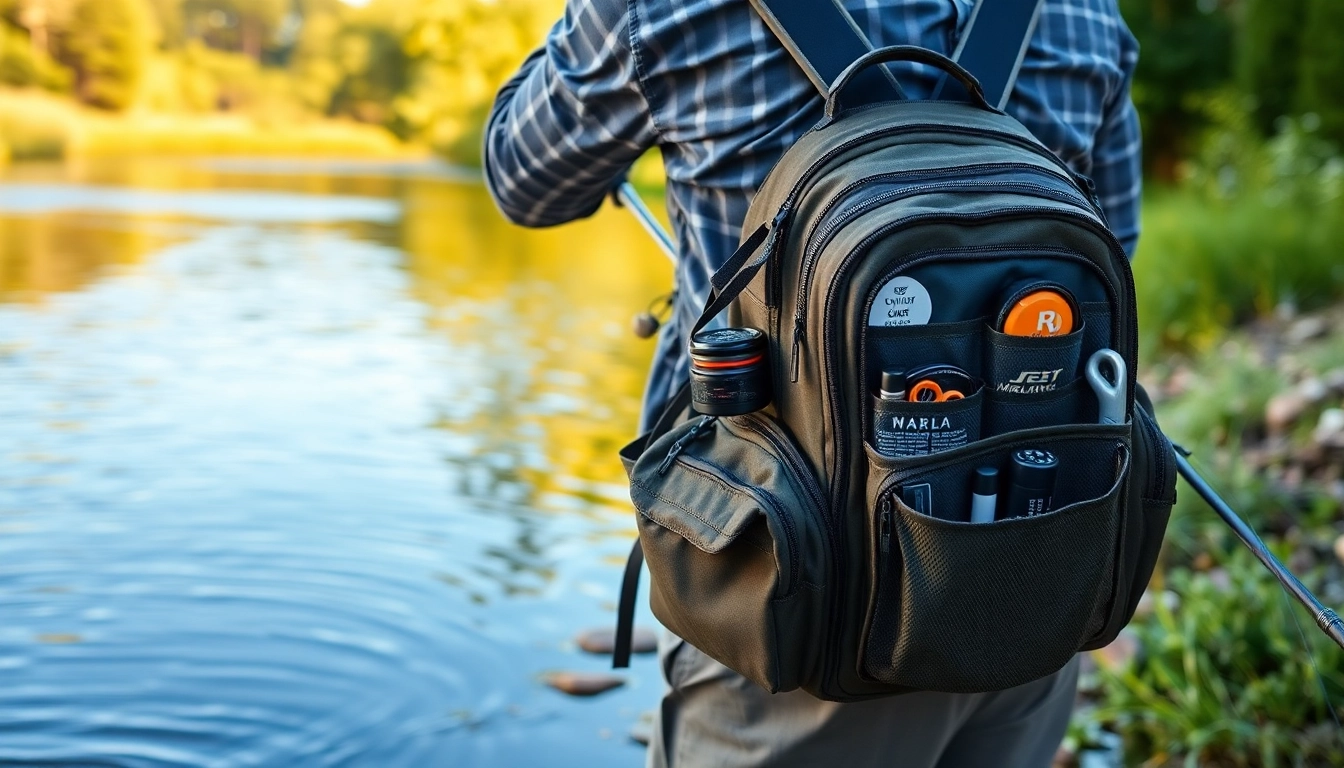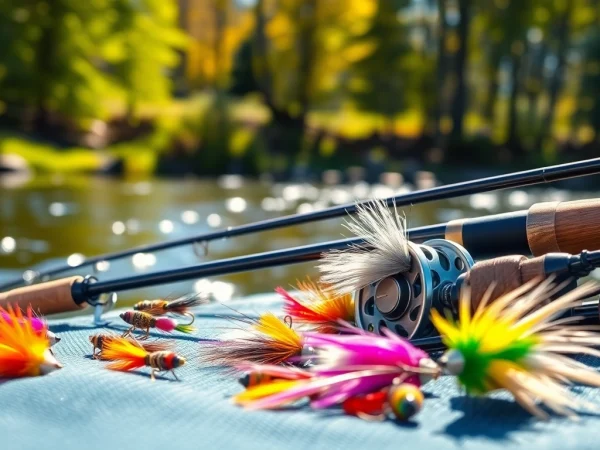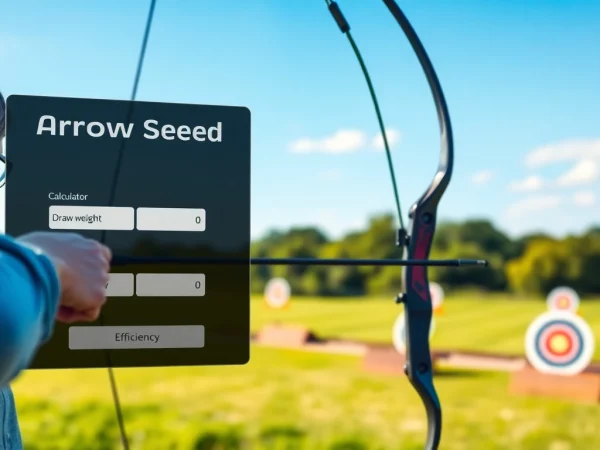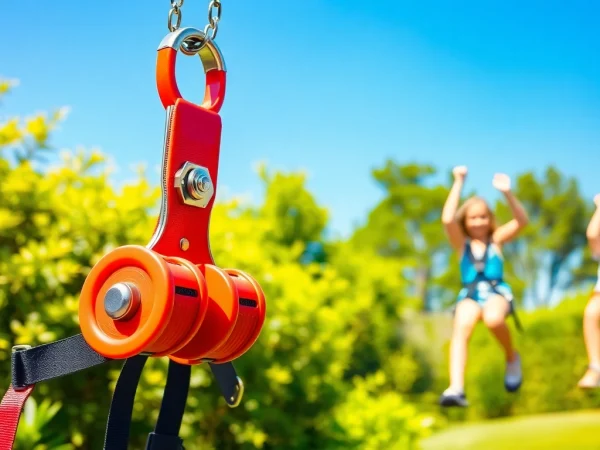Choosing the Best Fly Fishing Backpack for Every Adventure
When it comes to fly fishing, having the right gear can greatly enhance the experience. Among the myriad of essentials that an angler needs, a high-quality fly fishing backpack stands out as a pivotal component for any fishing trip. It offers storage, organization, and accessibility that can contribute to a successful day on the water. In this article, we will explore the importance of a good fly fishing backpack, uncover key features to look for, discuss popular types, provide guidance on choosing the right pack for your needs, and share essential maintenance tips to extend its life.
Understanding the Importance of a Good Fly Fishing Backpack
While many novices may overlook the role of a quality fishing backpack, seasoned anglers understand its significance. A good fly fishing backpack is not just a container but a carefully designed piece of equipment that can provide functionality, comfort, and durability, enhancing overall fishing experiences.
Functionality and Design Features
The functionality of a backpack is instrumental to its ease of use. Look for packs designed with features tailored for anglers. Consider pockets for storing fly boxes, water bottles, tools, and other essentials. Fishing backpacks typically include a range of compartments that allow for organized storage, ensuring that everything is within easy reach when you need it most.
Furthermore, a well-thought-out design will boast features such as rod holders or attachment points for tools and accessories. Some models even come with built-in coolers or cushioning for sensitive equipment. Such innovations not only make fishing more pleasurable but also enhance on-the-water efficiency.
Material Durability and Weather Resistance
Fly fishing often occurs in less-than-ideal weather conditions. Thus, the materials used in constructing a fly fishing backpack are crucial to its performance. Look for options made from high-denier nylon or polyester, which can withstand tears and abrasions. Waterproof or water-resistant coatings, such as polyurethane or PVC, are essential for keeping your gear dry, especially in the event of rain or splashes from streams.
Moreover, reinforced stitching and rugged zippers extend the life of the backpack, allowing it to endure the wear and tear of outdoor adventures. The right materials ensure that your gear remains protected, giving you peace of mind while you focus on your fishing.
Ergonomics for Extended Comfort
Comfort is paramount, particularly during long days spent fishing. A good fly fishing backpack should offer adjustable straps and cushioned back panels that conform to the body. This ergonomic design helps distribute weight evenly, minimizing strain on the back and shoulders.
Ventilated back panels and padded hip straps can significantly enhance comfort, especially when a backpack is loaded with gear. These features allow for improved airflow and reduce sweating, making it easier to stay comfortable throughout the day.
Key Features to Look for in a Fly Fishing Backpack
When selecting a fly fishing backpack, understanding the specific features that enhance usability and performance can significantly improve your fishing experience.
Storage Capacity and Organizational Options
Different fishing trips require different amounts of gear. As such, storage capacity becomes an essential consideration. A fly fishing backpack should have enough space to accommodate not only your essentials but also additional items that may be necessary for various circumstances. Look for adjustable compartments, elastic straps, and extra pockets to keep supplies organized.
Organizational options often include customizable dividers and mesh pockets that allow for easy access to frequently used items. This makes it simpler to retrieve flies, tools, and tackle when on the water, increasing efficiency and enjoyment.
Waterproof Compartments and Protection
Given the aquatic nature of fly fishing, a reliable backpack should feature waterproof compartments where critical belongings can be stored securely. Look for packs with sealed zippers or waterproof materials for maintaining the integrity of your gear. This is especially vital for keeping items such as smartphones, cameras, or personal belongings dry during unexpected weather changes.
Accessory Compatibility and Customization
An adaptable fly fishing backpack will offer compatibility with various fishing accessories, allowing you to modify your setup according to individual needs. Some backpacks come with attachment points or molle webbing for additional storage options, such as rod tubes or tackle boxes.
Customization can extend beyond simple attachments as well; look for packs with detachable compartments, modular storage options, or those that come with built-in tool organizers. This flexibility allows anglers to personalize their packs based on preferences and fishing styles.
Popular Types of Fly Fishing Backpacks
Understanding the various types of fly fishing backpacks can assist anglers in making the right choice for their unique needs and fishing styles. Each category serves specific purposes and offers unique advantages.
Daypacks for Short Excursions
Daypacks are ideal for short excursions where minimal gear is required. Typically smaller in size, these packs provide essential storage without the added bulk. Daypacks have enough space for a few fly boxes, a water bottle, and some basic tools. Their compact design makes them light and easy to maneuver, perfect for quick trips or urban fishing experiences.
Multi-day Packs for Extended Trips
For the angler planning a longer expedition, multi-day packs come into play. These backpacks are designed for extended adventures and can accommodate greater storage needs. They typically feature larger compartments for clothing, food, and all necessary fishing gear. Enhanced comfort features and weight distribution systems are also integral for an active multi-day trip.
Additionally, many of these models will include hiking-specific features such as a hydration reservoir, extra pockets for keeping items organized, and even built-in rain covers to protect gear from harsh weather.
Specialty Backpacks with Advanced Features
Specialty backpacks cater to specific fishing styles and settings. For instance, floatable backpacks are designed to stay afloat should they end up in the water, providing peace of mind for those fishing in fast-flowing streams. Other models may include high-tech solutions like integrated cooling compartments for perishable bait or detachable fly-tying stations.
Some backpacks are engineered to be worn while wading, featuring water navigation capabilities to minimize drag. Choosing a specialty backpack can significantly affect performance based on the fishing environment and style.
How to Choose the Right Fly Fishing Backpack for Your Needs
With so many options available, navigating the selection process for a fly fishing backpack can be overwhelming. However, a methodical approach can help ensure you find the right fit for your needs.
Assessing Your Fishing Style and Requirements
Dive into assessing your fishing style. Consider where you fish—streams, lakes, or saltwater—and how you fish—wade, boat, or bank fishing. This assessment will provide insight into the appropriate size and features required in a backpack.
Additionally, evaluate how long you intend to be out on the water. For day trips, a light pack may suffice, while overnight excursions necessitate more features and storage. Understanding your requirements is crucial in making an informed decision.
Budgeting for Quality and Performance
While it may be tempting to purchase a cheaper backpack, investing in quality often yields better long-term results. Higher-priced models may offer superior materials, better ergonomics, and advanced features that enhance functionality. Set a budget that reflects the level of durability and performance needed for your fishing adventures.
Reading Reviews and Recommendations
Researching reviews from seasoned anglers can provide invaluable insights on the pros and cons of specific backpacks. Look for feedback regarding comfort, usability, and reliability. Online fishing communities, forums, and social media groups can be excellent resources for authentic recommendations.
Maintenance Tips for Your Fly Fishing Backpack
Once you have selected your ideal fly fishing backpack, maintaining its condition can prolong its lifespan and guarantee optimal performance. Here are some essential maintenance tips.
Cleansing and Inspecting Regularly
Regular cleaning is vital for maintaining your fly fishing backpack. Clean the exterior and compartments with a gentle soap solution and a soft brush, focusing on areas prone to dirt and grime. After cleaning, rinse thoroughly to remove any soap residue.
Additionally, inspect zippers, seams, and straps to ensure they are all functioning correctly. Addressing issues early can prevent more significant problems down the line.
Storing Properly for Longevity
When not in use, proper storage can help maintain the shape and functionality of your backpack. Avoid storing it in damp places and ensure it is completely dry before putting it away to prevent mold and mildew growth. Stuffing the pack with paper or other materials can help it retain its shape during storage.
Repairing Common Issues Effectively
Despite taking precautions, wear and tear are inevitable. Familiarize yourself with basic repair techniques to address common issues. For example, sewing small holes or replacing busted zippers can extend the life of your pack.
If significant damage occurs, consider seeking professional repair services that specialize in outdoor gear. This approach ensures that your backpack functions effectively as intended while avoiding the need for a costly replacement.
Conclusion
Choosing the right fly fishing backpack is essential for every angler, impacting both comfort and convenience on the water. By understanding the importance of foam design, material durability, and key features, anglers can select a backpack tailored to their specific needs. Additional considerations such as assessing your fishing style, budgeting, and maintenance practices play vital roles in the long-term value of the investment. Whether you are heading out for a quick day trip or a lengthy wilderness expedition, having the right fly fishing backpack can make all the difference in creating a seamless fishing experience.









